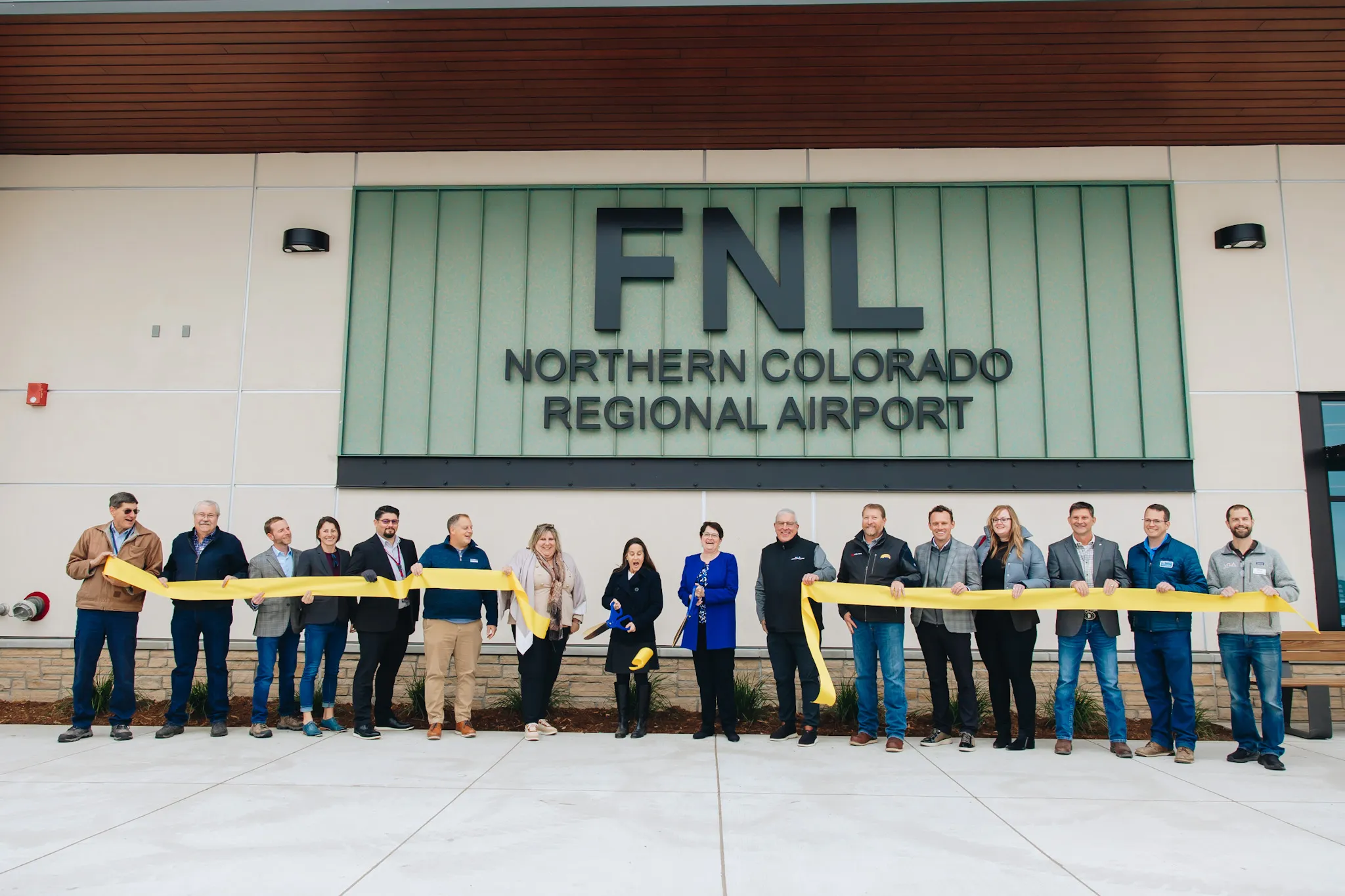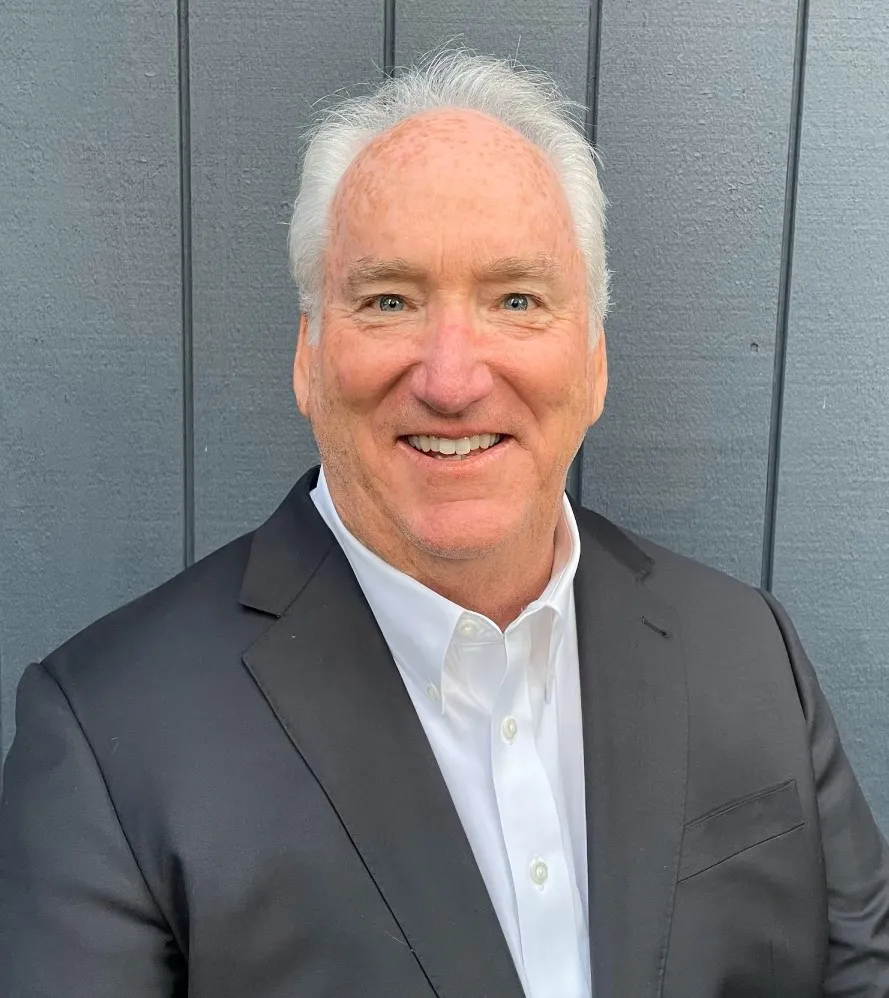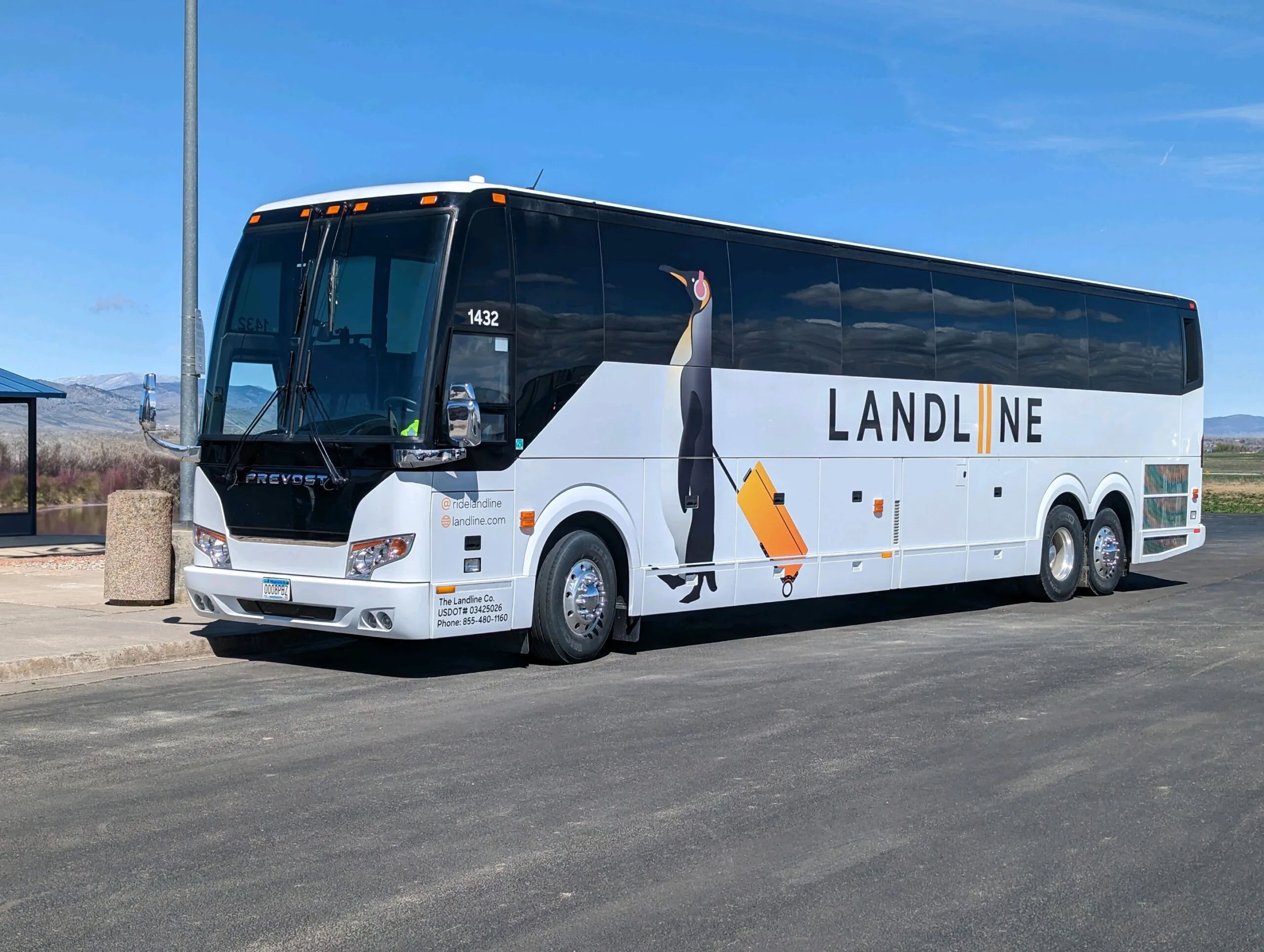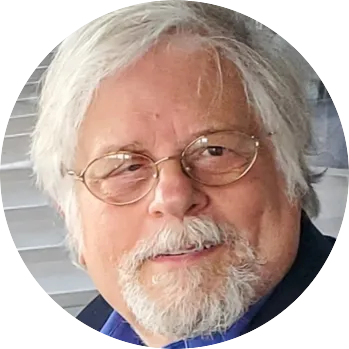CDOT still backs remote tower, but pushback on airport mounts
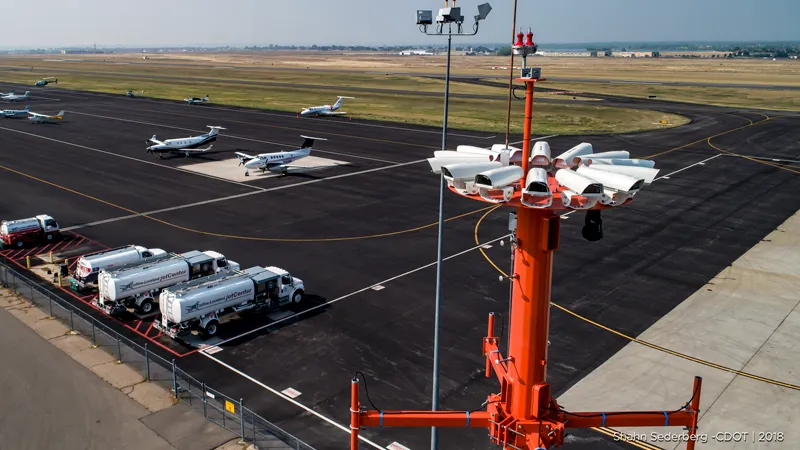
LOVELAND — The Colorado Department of Transportation remains in full support of the Federal Aviation Administration’s experimental remote air-traffic control tower at Northern Colorado Regional Airport despite its vendor’s decision to withdraw from the program, the facility’s governing commissioners were told at their regular meeting on Thursday.
But they also heard strong frustration from airport stakeholders, the general public and their own members about safety concerns as well as the continued economic toll on the region from its lack of scheduled airline service.
Some urged that the project should be shelved in favor of constructing a traditional, radar-equipped control tower.
SPONSORED CONTENT
Still, David Ulane, director of CDOT’s Aeronautics Division, speaking virtually at Thursday’s meeting, told commissioners that “CDOT and our aeronautical board are firmly committed to continuing to be great partners with Northern Colorado Regional Airport to continue to pursue the development of the remote tower concept. We continue to believe, I do personally, that it still has a lot of great potential, not just for your airport but for a lot of other airports in Colorado.”
Nepean, Ontario-based Searidge Technologies, the company selected by the FAA in 2018 to be the tower’s technology partner, advised CDOT verbally late last week and in a letter to the FAA early this week that they were pulling out over “ongoing challenges with the remote certification of remote towers,” Ulane said.
New visibility requirements issued by the FAA in November 2022 triggered a halt in testing at the tower while new technology could be installed to meet the new standards. The FAA then extended the stop-work order for another six months. Searidge continued to work on upgrading the technology, but apparently wasn’t getting paid for its work by the FAA during the stop-work order.
Speaking virtually at Thursday’s meeting, Ulane told commissioners that “the request from Searidge was that they would only continue work if the FAA were to lift its stop-work order and allow Searidge to continue to be compensated for their work on the tower program. We are not optimistic that the FAA will agree with that.”
He said that as of approximately 3 p.m. Thursday, the FAA had not responded to the Searidge letter.
“In their letter, they were not interested in spending any more of their money without a clear path forward from the FAA,” Ulane said. “That is exactly the same thing that Saab held up when they terminated their involvement with the Leesburg remote air-traffic control tower back in June.” That project at an airport in Virginia, just west of Washington, D.C., was the nation’s only other use of a remote air-traffic control tower, although they’re in operation in other parts of the world.
“There are several other vendors around the world that have great experience with remote towers, and we’ve had interest from some that are interested in working with the FAA to do just that, so that is certainly one of the opportunities that we will really ardently pursue with the FAA,” Ulane said. “They own all of the infrastructure out there, and it would be just a tremendous waste of all of that money and cost that they used to put that equipment in” if the project at the Northern Colorado airport were abandoned.
“If they could find another vendor to step up and take over and carry the ball forward, I think that is obviously our favored alternative from CDOT’s perspective. We hope it is from yours, too,” Ulane said. “But I don’t think that in the meantime that precludes you from doing at least initial work on what a traditional air traffic-control tower might look like for your community.
“We are firmly committed to standing by you and supporting that as you all pursue at least the initial steps of what a traditional air-traffic control tower might look like, where that goes, what it might cost and how you all will pay for that.”
CDOT, the FAA and the airport had been collaborating since 2015 on bringing the technology to Northern Colorado. Through video cameras and other sensing technologies, the remote tower is designed to emulate the operational safety and efficiency benefits of a traditional control tower at a lower cost.
“This is the FAA’s project,” Ulane said. “They are managing the project. They were the ones that selected Searidge back in 2018 to do this work. Searidge works directly for the FAA under a contract called an OTA. They do not work for Dave [Ruppel, the airport’s interim director] or myself or your airport or the Division of Aeronautics.”
An OTA, or Other Transaction Agreement/Authority, is a legal contract with the federal government that is neither a grant nor cooperative agreement. The federal government uses OTAs to streamline research and development, prototype development, and other projects, usually with nonprofit institutions.
Commission member Jerry Stooksbury expressed frustration that the airport has had so little say about the remote tower’s operations.
“We made a strategic mistake by not insisting that we have a seat at the table to drive our own destiny,” he said. “At the time, it was all, ‘Oh, no, we can’t do that. We’ll upset the FAA, We’ll upset the state.’ They’re throwing all the money into it and we’re just along for the ride. And this is the ride that we got. How are you liking that ride? How’s it working for you?
“I think we need to get out in front of what proper air traffic control is needed for an airport like us. On your phone you can see better situational awareness than our controllers have in this air-traffic control facility. We talked about putting radar in that facility, but oh no, we don’t want to do that because it’ll slow down the remote tower. When is this commission going to lead our destiny rather than just follow along with what happens?”
Ulane confirmed Stooksbury’s account, but hinted that with Searidge’s withdrawal, times have changed.
“If you go back to the conversations we had on Aug. 2, I know one of the things we heard loud and clear from all of you was that you all at the airport were interested in pursuing an alternative, and at the time we cautioned against doing anything along those lines as long as the program was continuing to move forward,” he said. “But now obviously it is halted. From my perspective — it’s your airport and your decision to do that or not — is that it would be prudent to do at least some of the initial steps” in studying a traditional brick-and-mortar control tower, “at least in terms of initial site selection, where would it go, how tall might it have to be, what might be some of the environmental challenges that would be faced. I think that is consistent with what we heard you all wanted to do were this project to run into any turbulence.”
Ulane said events in the nation’s capital this week at least offer some optimism that the FAA will soon have more consistent decision making and stronger support for the virtual-tower technology.
“It has been frustrating from time to time to see that the FAA has not seemed to be as embraceful of this technology as other countries, other entities around the world have been,” he said. “The one thing we are incredibly excited about is that Michael Whitaker appears to be the presumptive FAA administrator nominee.”
The FAA has been without a permanent director since March 31, 2022, but on Wednesday, the U.S.Senate’s Committee on Commerce, Science and Transportation unanimously approved Whitaker’s nomination and sent it to the full Senate.
“He has incredibly broad support from all realms of the aviation industry as well as both sides of the aisle and both houses of Congress,” Ulane said. “Mr. Whitaker was the former associate administrator for NextGen,” the Next Generation Air Transportation System, the FAA’s multibillion-dollar program to modernize the U.S. National Airspace System.
“The NextGen office is where this program resides within FAA,” Ulane said, noting that Whitaker “has previously shared his enthusiasm for this technology, both when he was at FAA and earlier this week when he answered questions from some members of the Senate Commerce Committee. We are optimistic that with the final placement of a permanent FAA administrator who has the support and has the affinity for this kind of technology, that that is likely to hopefully alter our course going forward.”
Ulane has echoed what former airport director Jason Licon told commissioners in May, that if they were to scrap the remote-tower plan, the process of funding, designing and building a traditional control tower could take three to five years.
During Thursday’s public comment period, the commission heard from several strident voices who are tired of waiting.
Erin Black of Loveland told the panel that one of her youngest son’s closest friends is a student pilot at the airport. “He and I have talked a lot about this airport and his experience here. He’s afraid. He’s had close calls,” she said. “Our family just buried my other son’s best friend. These are 19-year-olds. I don’t want to bury this one. It’s unsafe. We need a tower. These kids need to have a safe place to practice.”
Added Bob Massaro, who said he had 45 years of experience in aviation, “The tower is absolutely essential. The fact that we’re sitting here without a tower for the number of years I’ve been out here is unbelievable.
“I’m a fan of the virtual tower but it doesn’t belong here,” he said. “That operation should have gone into a controlled airport and not us being dependent on it to do things here. The tower is absolutely essential, and the fact that we’re not making that move now is unbelievable. The amount of money that’s being lost because commercial aviation isn’t here, you’ve got to add that up. It’s a ton of money going out the door that we don’t have.”
Martin Lind, the airport’s largest private investor who owns the Discovery Air business there and worked with the city of Loveland to finance bringing a U.S. Customs office to the airport area, said he “was a huge fan of the virtual tower when it started, But after two years, I’m getting less and less interested in it.
“Why not a real tower? Why not bricks and mortar? We have no business experimenting with a virtual tower here,” Lind said. “We are the wrong place. It’s the right project, It’s the right technology. It’s the right everything. But not here. We have less than optimal safety at this airport. And we’re experimenting? In my world, we don’t get to do that. In the private world, you go broke or you go bankrupt when you experiment if you fail.
“We have Class C airspace with no radar right now,” he said, challenging the airport’s “narrative of ‘Hey, it’s not our money, it’s CDOT, it’s the FAA,’ Your own master plan confirmed that Allegiant Airlines left this airport due to its lack of tower and safety concerns. They pulled out because of broken promises. Licon said that airline was an $8 million boon to our economy. If you sit here and think that you’re not writing a check for this tower, you’re costing this economy in Northern Colorado $8 million, and in today’s dollars, that’s probably closer to $10 million. And we’re building a $25 million terminal without a tenant.”
Licon suggested that the FAA move the remote-tower equipment to airports such as those in Cheyenne or Broomfield where traditional air-traffic control is already in place, “and they can play with the cameras, and they can incubate this technology. We have no business being in this deal.”
Lind noted that he had proposed in 2016 that a traditional tower be attached to a new terminal at the airport, and said the failure to install radar and speedy work on a normal tower is “leaving this airport in a stagnant, experimental position. We are devastating the potential of this airport.”
Fort Collins city manager Kelly DiMartino, who is also a commission member, noted that “we were working to get radar in the mobile tower. What can we do to accelerate that?”
Commission chair Don Overcash responded that “it’s in the FAA’s hands. They have to approve it, because it’s not a standard application in a mobile tower. The request has been made. We’ve asked to be able to do that.”
Aaron Ehle, the airport’s planning and development manager, reminded the panel that “the FAA does provide money for towers, but there are hundreds of airports in the country that don’t have air traffic control. They’re totally uncontrolled airfields. A lot of those have even higher levels of traffic than we have.”
Referencing a comment Lind had made that the FAA has plenty of money for such capital projects, Ehle said “a lot of that money Martin referred to is going to replace older towers.”
LOVELAND — The Colorado Department of Transportation remains in full support of the Federal Aviation Administration’s experimental remote air-traffic control tower at Northern Colorado Regional Airport despite its vendor’s decision to withdraw from the program, the facility’s governing commissioners were told at their regular meeting on Thursday.
But they also heard strong frustration from airport stakeholders, the general public and their own members about safety concerns as well as the continued economic toll on the region from its lack of scheduled airline service.
Some urged that the project should be shelved in favor of constructing a traditional, radar-equipped control tower.
Still, David Ulane,…


